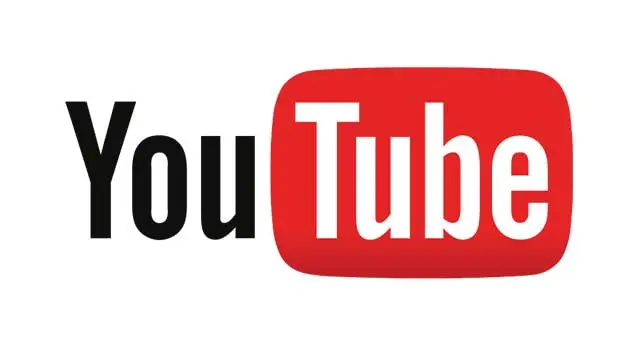There’s much astir in the world of YouTube with either new or newly-worded (turns out to have been neither, see the update below) guidelines over the contents of videos. Popular YouTube characters (both in and outside of videogames) have been hit with flags that their video(s) are no longer receiving ad revenue because they contain “content that might not be appropriate for advertising”.
Everyone can probably think of a YouTube channel or two that mainstream advertisers wouldn’t want to be associated with, but the Google-owned company seem to be approaching the issue with a rather broad brush. The guidelines on being “advertiser friendly” (you can see the full policy in the update below) include things like avoiding “vulgar language” and “controversial subjects … including subjects relating to war, political conflicts [and] natural disasters”.
How that might impact YouTube video creators will come down to the amount of nuance applied when the company (or its automated algorithms) enforce the rules. They don’t have a terrific track record in that regard (automated copyright strikes, etc), so people are understandably expressing concern, waiting to see what happens, or defaulting to internet freak-out mode.
However, information obtained by Arin “egoraptor” Hanson of GameGrumps fame suggests this may not be heralding an immediate YouTube apocalypse for those who enjoy the use of naughty swears. In a series of tweets, he relays details he’s been given by YouTube themselves.
“Policy isn’t changed, it is just now less vaguely worded so when a video does get flagged, the reasoning is clearer for the video creator,” he writes. “I guess “advertiser friendly” related flags weren’t as clearly explained (or at all) when videos were flagged. Now they are.”
“So basically, videos were already being flagged for this reason for a long time, but it wasn’t clear what the flag was for when it happened.”
That doesn’t necessarily explain the apparent increase in videos being flagged for not being “advertiser friendly”, but it does help to clarify YouTube’s position on the matter. What’s much less clear is why YouTube is choosing to send policy clarification on an individual basis, rather than making a general statement to alleviate (or possibly increase, depending what they say) user concerns.
Update 1 September: YouTube have now provided an official statement, in which they say (in line with Hanson’s quotes above) this policy is not new and nor has it significantly changed.
Here’s a link to the full YouTube policy. The first paragraph contains an important sentence that places the rest in more context: “If the video does contain inappropriate content, the context is usually newsworthy or comedic and the creator’s intent is to inform or entertain (not offend or shock).” That should be enough to protect the vast majority of produced work, as it has previously.







Published: Sep 1, 2016 05:18 am